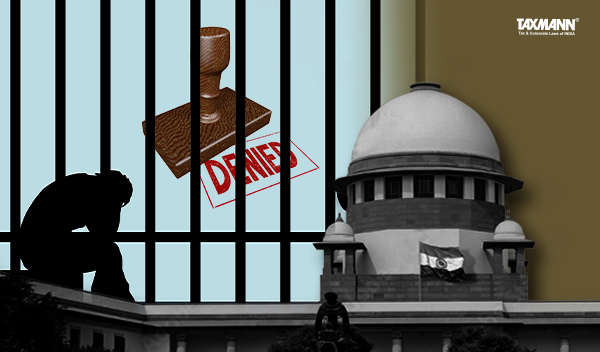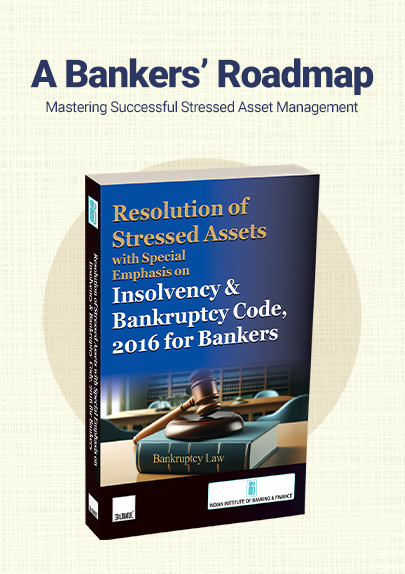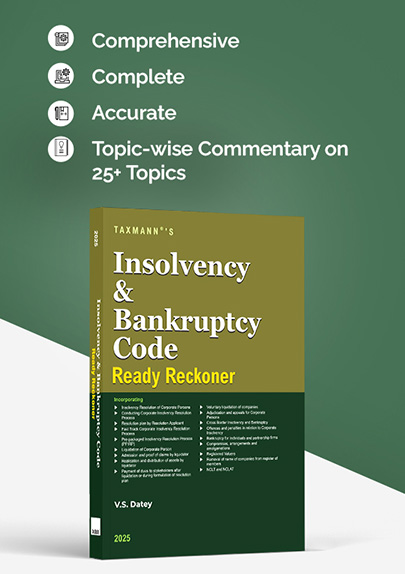HC Denies Bail Citing Petitioner’s Failure to Meet Twin Conditions u/s 212(6) of Companies Act & Risk of Evidence Tampering
- Blog|News|Company Law|
- 2 Min Read
- By Taxmann
- |
- Last Updated on 20 February, 2025
Case Details: Rahul Dinesh Surana v. Union of India - [2025] 171 taxmann.com 160 (HC-Madras)
Judiciary and Counsel Details
- A.D. Jagadish Chandira, J.
-
P.V. Balasubramaniam, Sr. Adv., M. Mohammed Riyaz, Vishnu Vardhan J, for the Respondent.
-
B. Mohan, for the Respondent.
Facts of the Case
In the instant case, the S Group of Companies had borrowed money from various banks and later, they went on liquidation under the IBC having been declared as NPA. The petitioner was appointed as Vice President (Projects) in one of the group company to head certain projects.
An Investigation revealed that the petitioner, in connivance with his father and other accused, had played a key role in various activities relating to the siphoning of public money obtained as loans from various banks. The petitioner was implicated in a criminal complaint along with the other accused.
Thereafter, the petitioner filed an instant petition seeking bail. It was noted that the petitioner was facing serious economic offences and fraud of a great magnitude.
Further, the communication addressed by the petitioner to Banks would clinchingly establish the petitioner’s role and control over witnesses, and thus, the petitioner had not complied with the twin conditions stipulated under Section 212(6) of the Companies Act, 2013.
Further, if bail was granted to the petitioner, there was every possibility of evidence being tampered with and witnesses being influenced by him.
High Court Held
The High Court held that the trial in the instant case, being one for offences under the Companies Act, was not dependent on proving offences under any other Act, and thereby, the concept of long incarceration alone could not be a ground for grant of bail. Therefore, the instant petition seeking bail could not be entertained and was to be dismissed.
List of Cases Reviewed
- V. Senthil Balaji v. Deputy Director, Directorate of Enforcement (2024 INSC 739) [Para 12] distinguished.
List of Cases Referred to
- V.Senthil Balaji v. The Deputy Director Directorate of Enforcement 2024 INSC 739 (para 3).
Disclaimer: The content/information published on the website is only for general information of the user and shall not be construed as legal advice. While the Taxmann has exercised reasonable efforts to ensure the veracity of information/content published, Taxmann shall be under no liability in any manner whatsoever for incorrect information, if any.

Taxmann Publications has a dedicated in-house Research & Editorial Team. This team consists of a team of Chartered Accountants, Company Secretaries, and Lawyers. This team works under the guidance and supervision of editor-in-chief Mr Rakesh Bhargava.
The Research and Editorial Team is responsible for developing reliable and accurate content for the readers. The team follows the six-sigma approach to achieve the benchmark of zero error in its publications and research platforms. The team ensures that the following publication guidelines are thoroughly followed while developing the content:
- The statutory material is obtained only from the authorized and reliable sources
- All the latest developments in the judicial and legislative fields are covered
- Prepare the analytical write-ups on current, controversial, and important issues to help the readers to understand the concept and its implications
- Every content published by Taxmann is complete, accurate and lucid
- All evidence-based statements are supported with proper reference to Section, Circular No., Notification No. or citations
- The golden rules of grammar, style and consistency are thoroughly followed
- Font and size that’s easy to read and remain consistent across all imprint and digital publications are applied





 CA | CS | CMA
CA | CS | CMA


